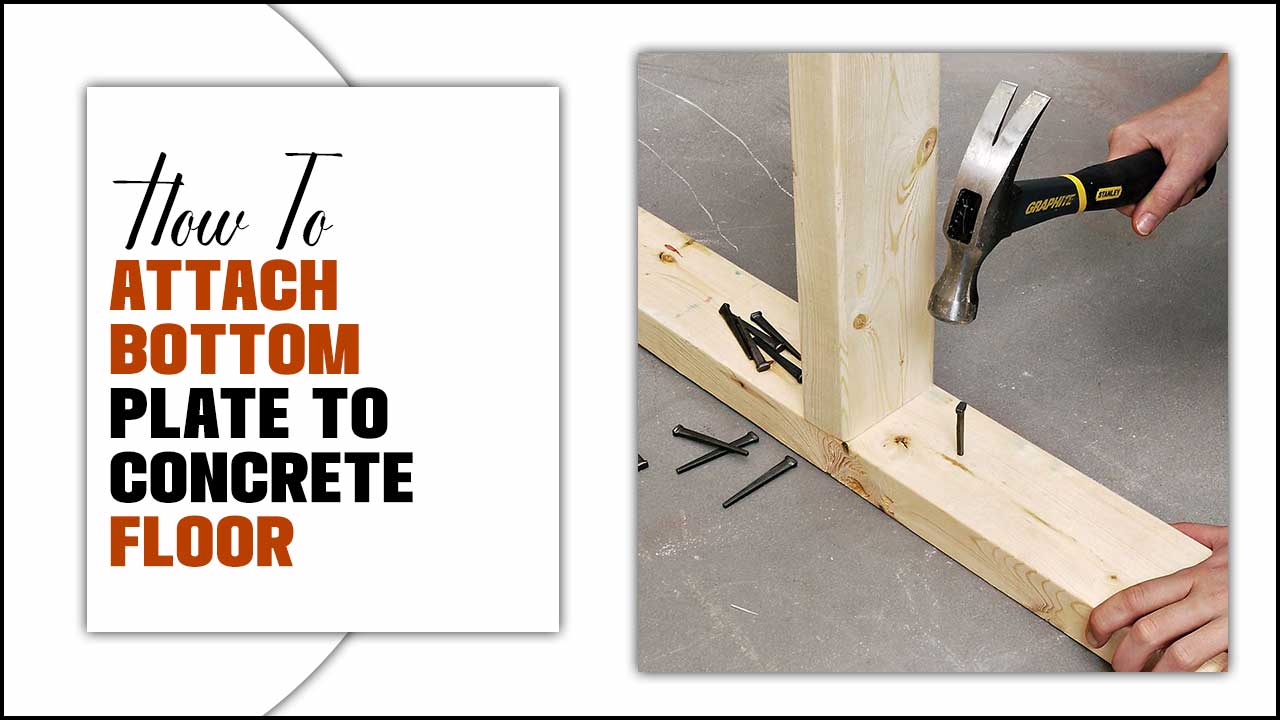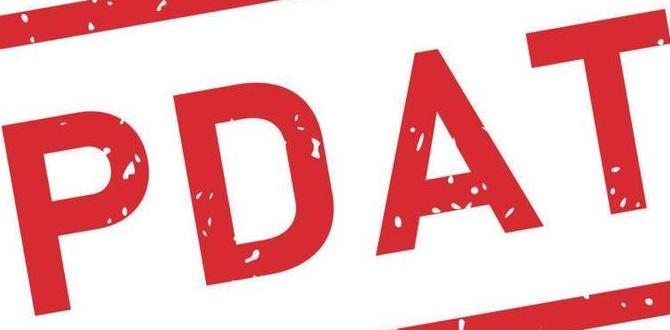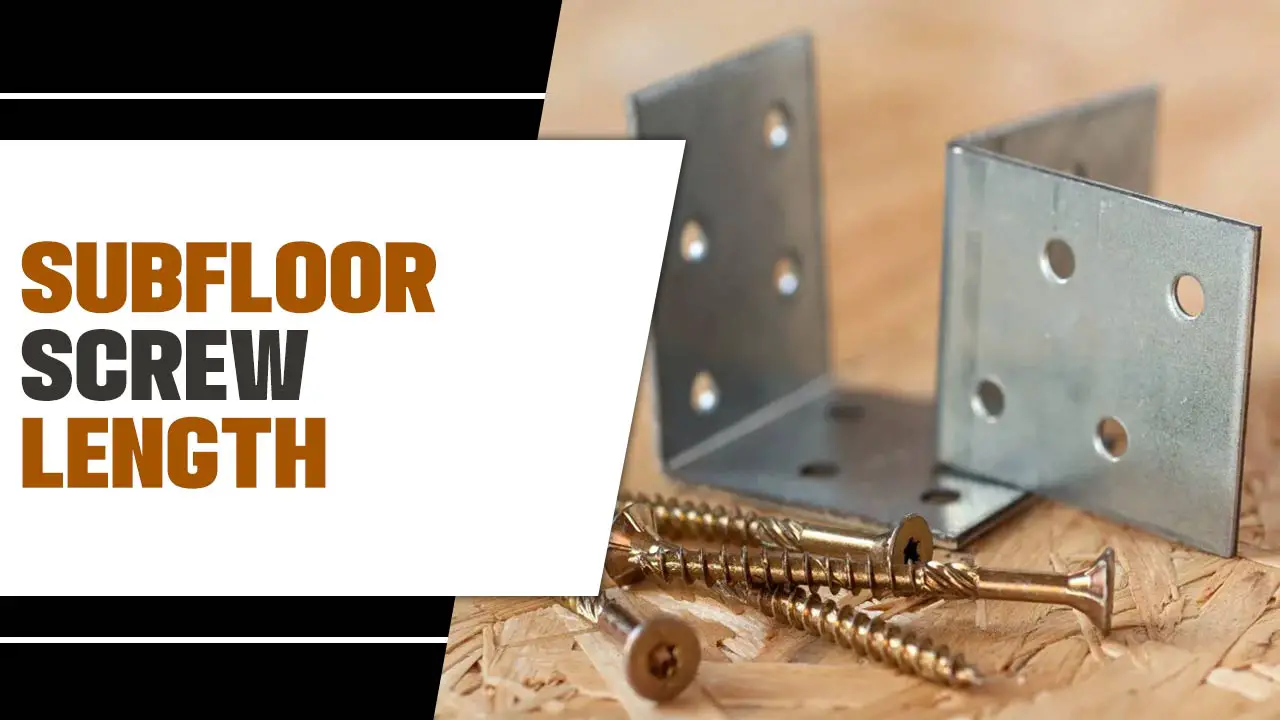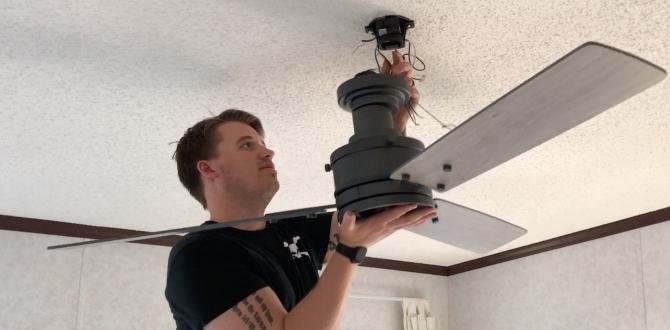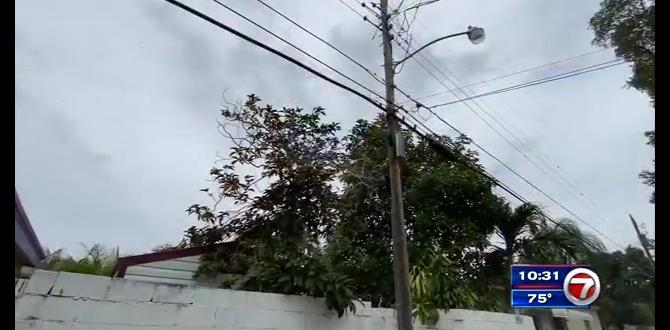How A Toilet Tank Works: Understanding Its Mechanisms
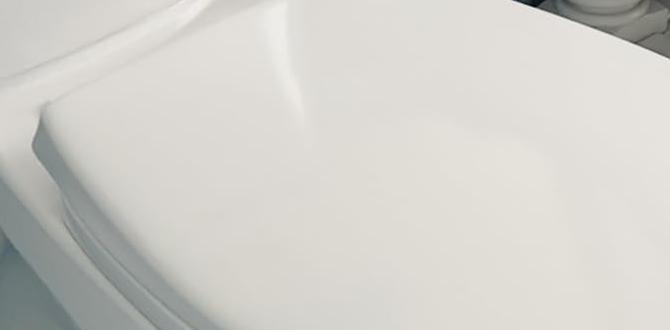
How a Toilet Tank Works
Toilet tanks might seem simple, but they are quite fascinating! When you flush, water rushes from the tank into the bowl. This happens because of a flush valve opening. Have you ever wondered how the tank refills? It uses a float mechanism. As the water fills, the float rises and eventually shuts off the valve. Isn’t it amazing how these parts work together? Understanding how a toilet tank works can help you solve common problems, like clogs or leaks.Basic Functionality of a Toilet Tank
Stepbystep process of how water is stored and released. The importance of gravity and pressure in flushing.A toilet tank holds water until we need to flush. Here’s how it works:
- Water enters the tank through a valve.
- The tank fills up with water until it reaches a certain level.
- When you flush, a flapper opens, letting water rush into the bowl.
- Gravity pulls the water down, creating a strong flush.
- Pressure helps push waste away from the bowl.
This simple process helps keep our bathrooms clean!
How does pressure help in a toilet flush?
Pressure moves water quickly, creating a powerful flush. Without it, the flush would be weak and less effective.
The Fill Cycle
How the tank refills after a flush. The role of the fill valve and float mechanism.After you flush, the toilet tank gets busy refilling! Water streams in through a special part called the fill valve. This valve opens up like a well-trained puppy, ready to work. As the tank fills, a little float rises up, like a cheerful balloon on a windy day. When the float reaches a certain level, it tells the fill valve to close. This stops the water from flowing and saves us from a mini pool party in the bathroom!
| Part | Function |
|---|---|
| Fill Valve | Opens to let water in |
| Float Mechanism | Tells the valve when to stop |
This teamwork helps the toilet work properly, so we can keep life’s little surprises to a minimum!
The Flush Cycle
Detailed explanation of the flush process. How the flush valve and flapper work together.When you flush a toilet, magic happens! First, the flush handle pulls a chain attached to the flapper. The flapper lifts and water rushes from the tank into the bowl. This creates a strong current that pushes waste away. Once the tank empties, the flapper closes, stopping the flow of water. The toilet refills, and the cycle starts again. The flush valve controls the water flow, ensuring everything works smoothly.
How does the flush valve and flapper work together?
The flush valve and flapper are best friends in the toilet world. They work together like this:
- The flush valve opens when you flush.
- The flapper lifts to let water out.
- They close to stop water flow.
Without them, flushing wouldn’t be possible!
Common Issues and Troubleshooting
Identification of frequent problems (e.g., leaks, running toilets). Solutions and maintenance tips for homeowners.Everyone loves a reliable toilet, but sometimes they can act up. Common problems include leaks and running toilets. A leak might leave your bathroom feeling like a mini water park, and a running toilet can make you feel like you’re living with a noisy roommate. To fix leaks, check the flapper and tighten any loose fittings. If your toilet won’t stop running, the float may need adjustment. Keeping an eye on these parts can save water and your wallet.
| Issue | Problem | Solution |
|---|---|---|
| Leak | Water pooling at the base | Tighten fittings or replace the flapper |
| Running Toilet | Continuous water flow | Adjust the float |
Water Conservation Practices
How toilet design impacts water usage. Tips for optimizing toilet efficiency and reducing waste.Toilets play an important role in saving water. Modern designs can use less water while still flushing effectively. You can be smart about your toilet use by:
- Installing water-saving toilets, which use less than 1.6 gallons per flush.
- Checking for leaks by adding food coloring to the tank. If the color shows in the bowl, there’s a leak!
- Using tank inserts that limit water for each flush, making every drop count.
With these tips, you can help save water and protect our planet.
Why is water-efficient toilet design important?
A good design can cut water use significantly. Older toilets can waste up to 6 gallons per flush. That’s a lot of water! New models save water and are more efficient.
DIY Repairs and Maintenance
Basic repair techniques for common tank issues. Recommended tools and parts to keep on hand for maintenance.To fix common toilet tank problems, know some basic repair techniques. A running toilet might need a new flapper. Clogs can often be cleared with a plunger. Sometimes, tightening bolts can stop leaks. Always have these tools at hand:
- Adjustable wrench
- Plunger
- Screwdriver
- Replacement flapper
Keeping these items nearby can make repairs easy. Regular checkups can prevent bigger problems and save you money.
What tools do I need for toilet maintenance?
For basic maintenance, you should have a plunger, adjustable wrench, and screwdriver. These tools help you tackle common issues swiftly.
Conclusion
In summary, you now know how a toilet tank works. When you flush, water flows from the tank into the bowl, making waste disappear. The float controls water levels, ensuring the tank fills up again. To learn more, check your own toilet and see these parts at work. Understanding this can help you fix simple issues in the future!FAQs
What Are The Main Components Of A Toilet Tank, And How Do They Function Together To Manage Water Flow?A toilet tank has a few main parts. First, there’s a float that rises with the water. When the tank is full, the float stops the water from coming in. Then, there’s a flapper that opens when you flush, letting water flow into the bowl. After flushing, the tank refills, and all parts work together to get ready for the next time you need it!
How Does The Fill Valve Work To Refill The Toilet Tank After A Flush?When you flush the toilet, water goes out of the tank. This makes the tank empty. The fill valve then opens and lets water flow into the tank. As the tank fills, the float rises. When the tank is full, the float tells the fill valve to close, stopping the water.
What Role Does The Flapper Play In The Flushing Process Of A Toilet Tank?The flapper is a rubber piece inside the toilet tank. When you push the handle, the flapper lifts up. This lets water flow from the tank into the bowl. After the flush, the flapper closes, stopping the water flow. It helps refill the tank for the next flush.
How Can Common Issues Like Leaks Or Insufficient Flushing Be Diagnosed And Resolved In A Toilet Tank?To find leaks, you can add a few drops of food coloring to the tank. Wait 30 minutes and check the bowl. If the color shows up in the bowl, you have a leak. For flushing problems, check if the handle is working and the chain is not stuck. Sometimes, we need to adjust or replace parts inside the tank to fix these issues.
What Is The Purpose Of The Overflow Tube In A Toilet Tank, And How Does It Prevent Overflow?The overflow tube in a toilet tank helps stop water from spilling out. If the water gets too high, it flows into this tube. This way, the extra water goes safely into the toilet bowl instead of all over the floor. It keeps everything clean and dry!


